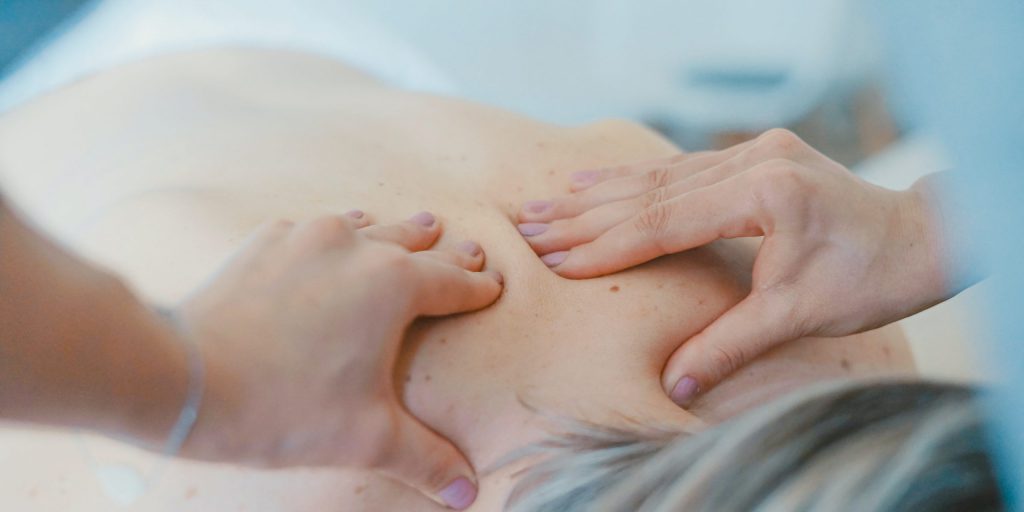Differences lie in the time we actually spend with hands on treatment rather than machines or getting the patient to do exercises during consultation times. Treatment gathers a lot of clinically useful information which will not show on X-rays but often produce findings inconsistent with a patient’s symptoms.
Around 30-45 minutes of treatment allow us to be more thorough at looking for the actual cause of the problem.
The choice of how often you come or how long for is yours and no pressure will be put on you to commit to a programme of treatment. Some people just want relief from their immediate symptoms with the fewest number of sessions. Others feel that although the pain they came with is gone, more treatment can be of longer term benefit or because they want to feel the benefits of treatment for other problems.
Our goal is to get you off treatment by helping your body get back to doing what it usually does do well: repairing and recovering from everyday stress without the need for constant regular treatments.
When there is no history of significant damage or the complaint is not a long standing one, relief can be experienced within 3-4 treatments.
If the problem is chronic, long standing or there is significant wear and tear the patient may feel the need for more visits.
Treatment is gradually spaced out as the condition improves so you don’t feel a lack of support during your recovery.
We usually see patients weekly allowing the body a period of healing between visits problems.
You may need to undress temporarily if for example we need to look at your spine or do specialised neurological tests requiring skin contact. A gown will be offered to you if you feel uncomfortable. Please save time by removing jewellery before coming for shoulder and neck problems. We find it easier to treat if you wear loose clothing that does not restrict movement or treatment to the muscles and joints below. Please do not remove hearing aids.
Each practitioner within each industry has their own way of treating and principles and physiology that they work from.
If you have seen different therapists before you have probably experienced this.
We believe that it is not the role of any health professional to try and define what another health care professional is and what they do. For what an osteopath does see osteopathsNZ.co.nz and our registration body Osteopathic Council of NZ. For further information about what a chiropractor or physiotherapist does please see the following sites:
www.nzchiropractors.org
physio.org.nz
During your first consultation your osteopath will ask questions about your problems and symptoms. They will also ask you for your history of any medicap and medications you are taking or other factors that may not appear to be directly related to your problem. The reason for this is to see if osteopathy is safe and appropriate for you.
Next your osteopath will conduct a full osteopathic examination and if necessary clinical tests. This may at times include a referral for an Xray or ultrasound or back to your doctor or specialist. Your practitioner may look at other parts of your body as well as your main problem for example if you have sore knee, your osteopathy may also look at your ankle, pelvis and back.
Osteopathy is a form of manual therapy so hands on treatment may include massage, stretching, repetitive movements or gentle techniques such as cranial treatment. Most Osteopathic treatment is gentle and should not cause undue discomfort. Your osteopath will exercise care to make you as comfortable as possible.
Your osteopath may provide education and advise help for you to manage your condition between treatments and recommend suitable exercises which will enhance your recovery.
After treatment you may feel tired and need to rest. It is best to avoid strenuous exercise or work. Some people experience discomfort for the first couple of days as the body adjusts. If soreness persists after this call your osteopath.
Generally you would expect to see some changes in your symptoms after one or two treatments however depending on your condition and the length of time you have had the problem some longer term treatment may be necessary. If you have concerns your osteopath will be happy to discuss these with you.
Still have questions?
Don’t hesitate to get in touch.
027 487 9788
Maunu, Whangārei

